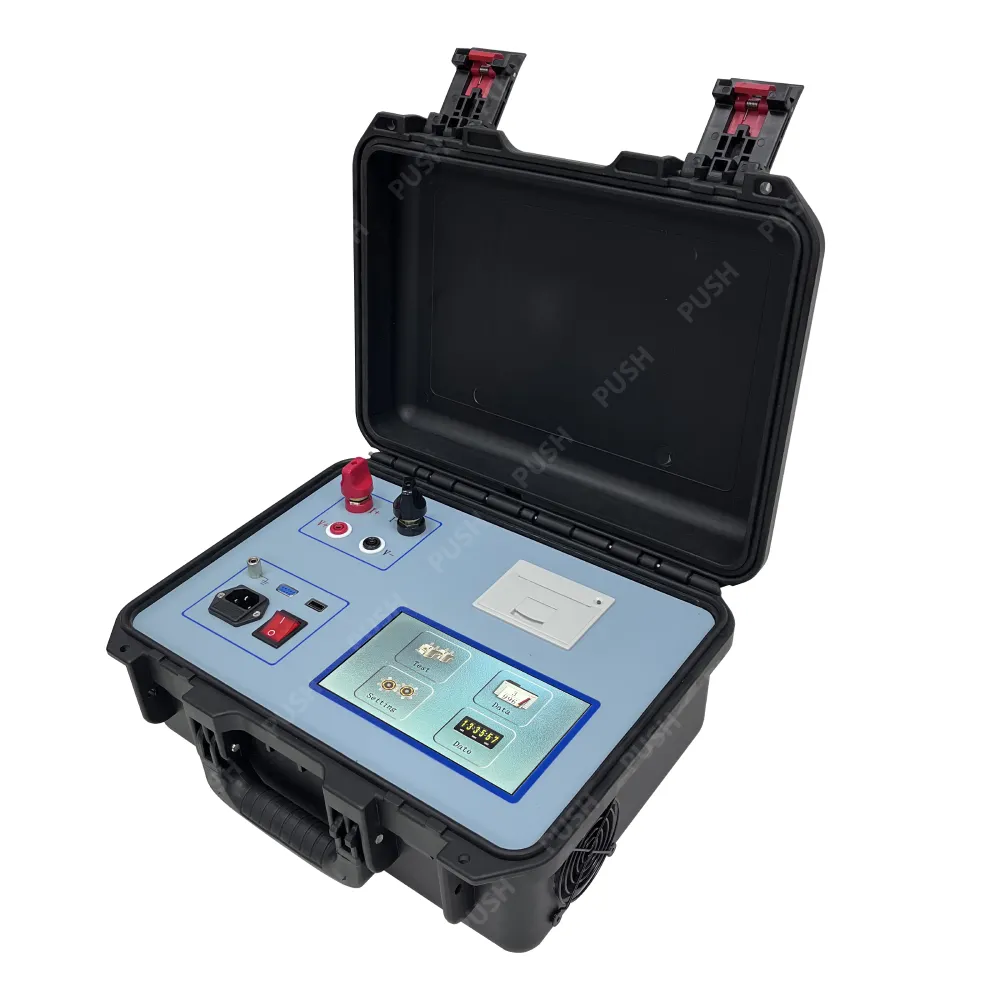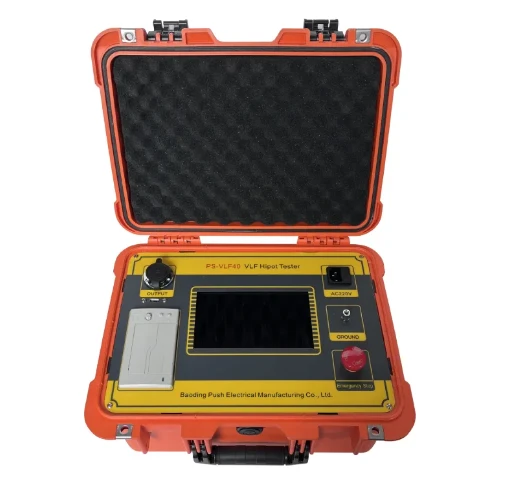 English
English



-
 Afrikaans
Afrikaans -
 Albanian
Albanian -
 Amharic
Amharic -
 Arabic
Arabic -
 Armenian
Armenian -
 Azerbaijani
Azerbaijani -
 Basque
Basque -
 Belarusian
Belarusian -
 Bengali
Bengali -
 Bosnian
Bosnian -
 Bulgarian
Bulgarian -
 Catalan
Catalan -
 Cebuano
Cebuano -
 China
China -
 China (Taiwan)
China (Taiwan) -
 Corsican
Corsican -
 Croatian
Croatian -
 Czech
Czech -
 Danish
Danish -
 Dutch
Dutch -
 English
English -
 Esperanto
Esperanto -
 Estonian
Estonian -
 Finnish
Finnish -
 French
French -
 Frisian
Frisian -
 Galician
Galician -
 Georgian
Georgian -
 German
German -
 Greek
Greek -
 Gujarati
Gujarati -
 Haitian Creole
Haitian Creole -
 hausa
hausa -
 hawaiian
hawaiian -
 Hebrew
Hebrew -
 Hindi
Hindi -
 Miao
Miao -
 Hungarian
Hungarian -
 Icelandic
Icelandic -
 igbo
igbo -
 Indonesian
Indonesian -
 irish
irish -
 Italian
Italian -
 Japanese
Japanese -
 Javanese
Javanese -
 Kannada
Kannada -
 kazakh
kazakh -
 Khmer
Khmer -
 Rwandese
Rwandese -
 Korean
Korean -
 Kurdish
Kurdish -
 Kyrgyz
Kyrgyz -
 Lao
Lao -
 Latin
Latin -
 Latvian
Latvian -
 Lithuanian
Lithuanian -
 Luxembourgish
Luxembourgish -
 Macedonian
Macedonian -
 Malgashi
Malgashi -
 Malay
Malay -
 Malayalam
Malayalam -
 Maltese
Maltese -
 Maori
Maori -
 Marathi
Marathi -
 Mongolian
Mongolian -
 Myanmar
Myanmar -
 Nepali
Nepali -
 Norwegian
Norwegian -
 Norwegian
Norwegian -
 Occitan
Occitan -
 Pashto
Pashto -
 Persian
Persian -
 Polish
Polish -
 Portuguese
Portuguese -
 Punjabi
Punjabi -
 Romanian
Romanian -
 Russian
Russian -
 Samoan
Samoan -
 Scottish Gaelic
Scottish Gaelic -
 Serbian
Serbian -
 Sesotho
Sesotho -
 Shona
Shona -
 Sindhi
Sindhi -
 Sinhala
Sinhala -
 Slovak
Slovak -
 Slovenian
Slovenian -
 Somali
Somali -
 Spanish
Spanish -
 Sundanese
Sundanese -
 Swahili
Swahili -
 Swedish
Swedish -
 Tagalog
Tagalog -
 Tajik
Tajik -
 Tamil
Tamil -
 Tatar
Tatar -
 Telugu
Telugu -
 Thai
Thai -
 Turkish
Turkish -
 Turkmen
Turkmen -
 Ukrainian
Ukrainian -
 Urdu
Urdu -
 Uighur
Uighur -
 Uzbek
Uzbek -
 Vietnamese
Vietnamese -
 Welsh
Welsh -
 Bantu
Bantu -
 Yiddish
Yiddish -
 Yoruba
Yoruba -
 Zulu
Zulu
Transformer PD Test Solutions Test Dielectric Strength & Output Voltage Accurate Transformer Testing Equipment
Revolutionize Electrical Safety: The Ultimate Guide to Transformer PD Test Solutions
Picture this: A city-wide blackout in seconds. Vital industries, hospitals, and communication centers plunged into chaos. All because of an undetected fault in a transformer. Did you know that over 60% of transformer failures stem from dielectric breakdowns and partial discharge (PD) issues? The cost? In the U.S. alone, transformer outages can trigger billions in unplanned expenses every year. Companies are under immense pressure to test transformer voltage, test transformer output voltage, and, most importantly, test the dielectric strength of transformer oil to guarantee reliable power distribution. Are your electrical assets truly protected? Or are you risking catastrophic losses due to outdated testing methods?

(transformer pd test)
The Technical Edge of Advanced Transformer PD Tests
Electrical systems have grown more advanced, but so have the risks. Traditional insulation tests miss hidden defects. Here’s why a transformer PD test is a must-have for every operator aiming for 100% uptime.
- Early Fault Detection: PD testing finds tiny insulation defects before they spark a disaster. It’s non-destructive and ultra-sensitive.
- Data-Driven Preventive Maintenance: Regular testing enables you to forecast failures, not just react to them. That means less downtime and lower repair costs.
- Next-Level Accuracy: Today’s systems combine PD test with live output voltage test and dielectric oil strength assays for a complete view.
Let’s see the difference in real numbers:
| Test Type | Detection Sensitivity (pC) | Turnaround Time | Risk Reduction (%) |
|---|---|---|---|
| Routine Manual | >500 | 48 hrs | 20 |
| Modern PD Test System | <10 | 1 hr | 80 |
Why settle for less when your power grid’s integrity is at stake?
Industry Leaders and Why They Choose Us
Let’s be honest. There’s a swarm of PD testing equipment brands out there. But which truly deliver on their promises? If you’re tired of generic, underperforming solutions, you’re not alone. Savvy plant managers demand:
- Consistent transformer output voltage measurement, even under load
- Reliable data, available in real-time, not just after the fact
- Expert support when field teams hit a snag—even at 2am on a Sunday
Top manufacturers stand apart by integrating cutting-edge partial discharge detection sensors, robust sampling tech for transformer oil dielectric strength tests, and seamless connectivity for instant reporting. They’ve earned trust with certified calibration, NEMA/IEEE compliance, and 24/7 technical helplines. Don’t your assets deserve the same?
| Parameter | Our PD Tester | Brand X |
|---|---|---|
| Min. Detectable PD (pC) | 5 | 30 |
| Voltage Test Range (kV) | 0–100 | 0–60 |
| Oil Dielectric Analyzer | Integrated | Not available |
| Mobile App Support | Yes | No |
| On-site Training | Included | Extra Cost |
Still using outdated gear? You’re leaving your grid vulnerable—and your maintenance team frustrated.
Customized Solutions for Real-World Demands
No two facilities are the same. You need PD test equipment that adapts. Is your substation remote? We’ll recommend a battery-powered, lightweight tester. Running a high-voltage lab? Go for advanced models—integrate transformer output voltage and dielectric oil strength test for all angles covered.
- Smart Analytics: See trending PD activity, so you act before failures happen.
- Rugged Durability: Weather and shock-resistant for tough field conditions.
- Cloud Reporting: Share data instantly—empower faster decisions and regulatory compliance.
- Intuitive UI: High-school operators can use our devices with just 10 minutes’ training.
And if you need more, just ask. We offer custom probe lengths, voltage ratings, and training packages. Why settle for “one-size-fits-none”?
Application Case Study: Avoiding Catastrophe at Metro Utilities
In April 2023, Metro Utilities faced rising temperatures in an 80 MVA transformer. Routine visual inspections saw nothing. But during a scheduled transformer PD test, technicians detected a 37 pC discharge in the tertiary winding. Swift action followed. They replaced a failing bushing, and performed a dielectric strength test of transformer oil—finding contaminant buildup. Repairs cost 85% less than replacing the transformer. More crucially, zero unplanned outages hit the grid. Hundreds of thousands kept their lights, their jobs, and their safety.
Real results. Tangible ROI.
| Parameter | Pre-Test | Post-Test |
|---|---|---|
| Annual Downtime (hrs) | 14 | 0.5 |
| Repair Cost ($) | 54,000 | 8,150 |
| Customer Outages | 2,100 | 0 |
What’s your cost of inaction?
Ready to Protect Your Grid? Choose the Industry Leader in Transformer PD Testing
Every responsible facility engineer knows this: A single missed discharge can bankrupt a business. Why gamble with outdated methods? With our advanced solutions, you get the best in transformer PD test, output voltage test, and reliable dielectric oil strength measurement.
Join the hundreds of American utilities and manufacturers who trust PowerGuard Diagnostics LLC. We deliver custom-built, rugged, and smart PD test kits—made to order for your toughest challenges. Ask about our special financing and industry-leading 10-year warranty today. Don’t leave your critical assets to chance—call us now and schedule your FREE on-site demo. Your grid is only as reliable as your testing. And with PowerGuard? You’re in safe hands.
Frequently Asked Questions (FAQ) on Transformer PD Testing
Q1: What is a transformer PD test and why is it important?
A transformer PD (partial discharge) test detects tiny electrical discharges within a transformer’s insulation system. These discharges can lead to major equipment failures. Regular testing finds faults early, preventing breakdowns and costly outages.
Q2: How do I test the dielectric strength of transformer oil?
To test the dielectric strength of transformer oil, a sample is placed in a vessel and voltage is gradually applied until breakdown occurs. The voltage at which breakdown happens is the oil's dielectric strength, indicating its insulation quality.
Q3: How does one test transformer voltage safely?
Testing transformer voltage safely involves using calibrated meters, following all lockout and grounding protocols, and incrementally applying voltage during startup. Always use PPE and adhere to NFPA 70E safety standards.
Q4: What’s the best way to test transformer output voltage for accuracy?
Use a high-precision RMS voltmeter or power analyzer on the transformer’s secondary side. Cross-check readings with rated specs, and repeat under different loads to confirm stable, accurate output.
Q5: How often should I perform PD tests on my transformers?
Best practice is to perform transformer PD tests annually, or more frequently for critical units, high-load machines, or whenever symptoms like temperature spikes or audible noises appear.
Q6: Can partial discharge testing be done without shutting down the transformer?
Yes! Modern on-line PD testing allows you to test your transformer during normal operations, ensuring continuous protection without any downtime.
Q7: How do I choose the right PD test equipment?
Pick equipment that provides sensitive PD detection (under 10 pC), integrates oil dielectric testing, supports a wide voltage range, and includes cloud/mobile reporting features. Check for manufacturer certifications and strong after-sales support.

(transformer pd test)
FAQS on transformer pd test
Q: What is a transformer PD test?
A: A transformer PD (Partial Discharge) test detects small electrical discharges within transformer insulation. It helps assess insulation condition and identify potential faults early. Regular PD testing extends transformer lifespan and enhances safety.Q: How do you test the dielectric strength of transformer oil?
A: To test the dielectric strength of transformer oil, a voltage is gradually applied between electrodes immersed in the oil until breakdown occurs. The maximum voltage before breakdown indicates the oil's dielectric strength. This test ensures the oil's insulating capability is adequate.Q: How do you test transformer voltage?
A: To test transformer voltage, a voltmeter is connected to the output terminals while the transformer is powered. The measured voltage should match the transformer's rated output. This process verifies proper operation and identifies input or winding issues.Q: How can you test transformer output voltage?
A: Test transformer output voltage by applying the rated input voltage to the primary winding and measuring the secondary winding with a voltmeter. Compare the measured output to the transformer's specification. Significant deviation indicates a potential problem.Q: Why are transformer PD tests important?
A: Transformer PD tests help detect insulation deterioration before it leads to failures. Early detection enables timely maintenance and prevents costly downtime. Regular PD testing improves transformer reliability and safety.-
Testing Equipment Industry Sees Major Advancements in 2025: Smart & Precision Technologies Lead the WayNewsJun.06,2025
-
Applications of Direct Current Generators in Renewable Energy SystemsNewsJun.05,2025
-
Hipot Tester Calibration and Accuracy GuidelinesNewsJun.05,2025
-
Digital Circuit Breaker Analyzer Features and BenefitsNewsJun.05,2025
-
Benefits of Real-Time Power Quality Monitoring Devices for Industrial EfficiencyNewsJun.05,2025
-
Earth Fault Loop Testing in High-Rise Building Electrical SystemsNewsJun.05,2025



